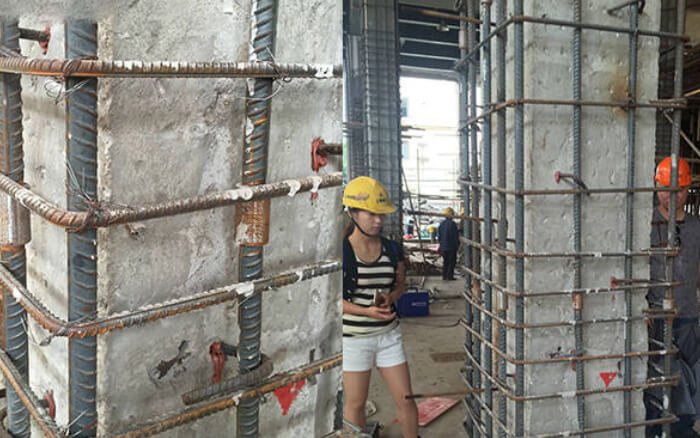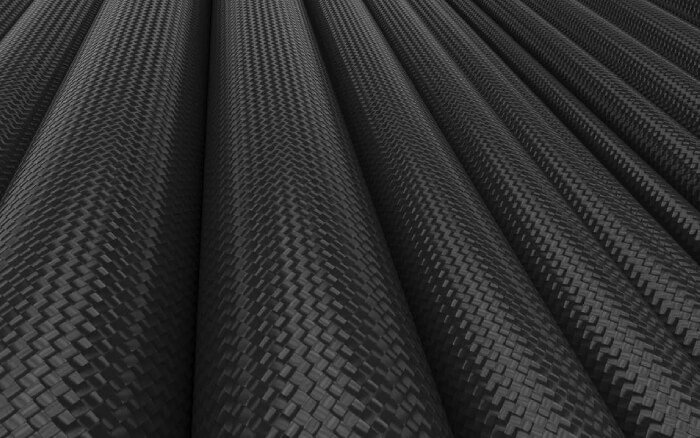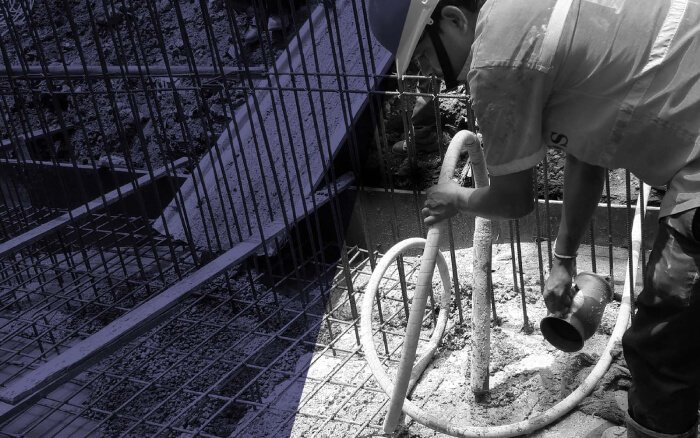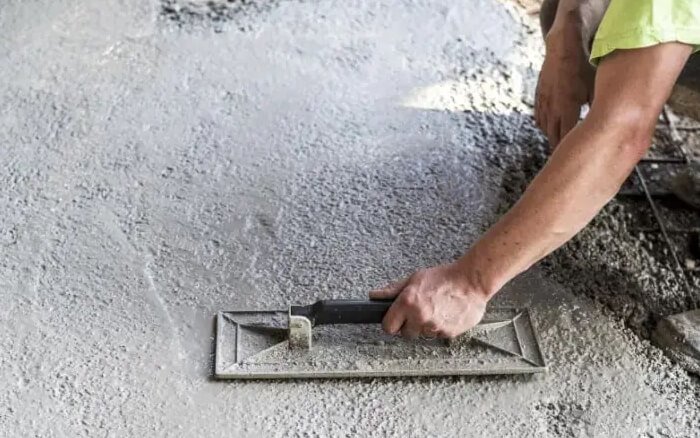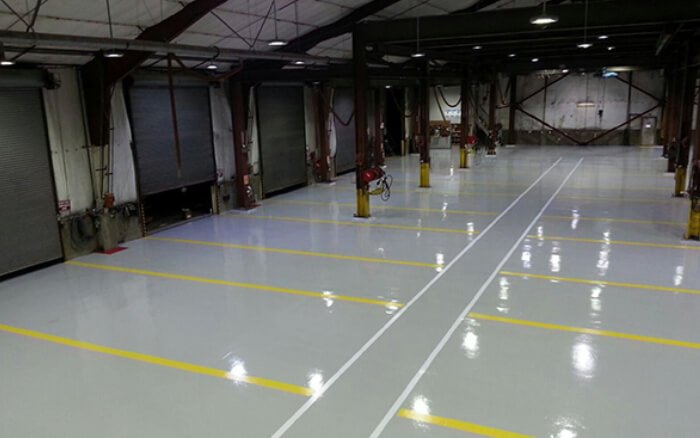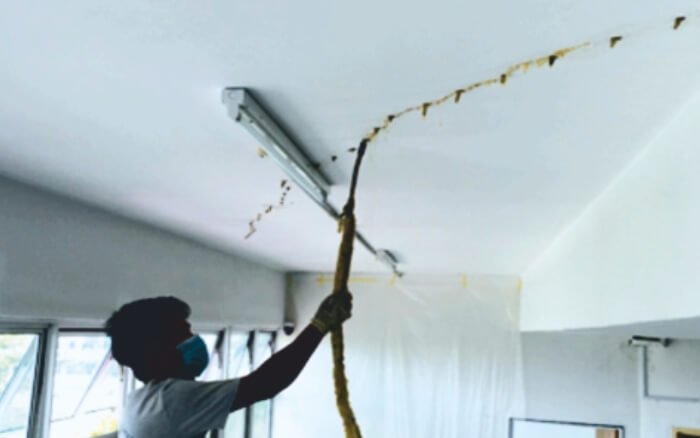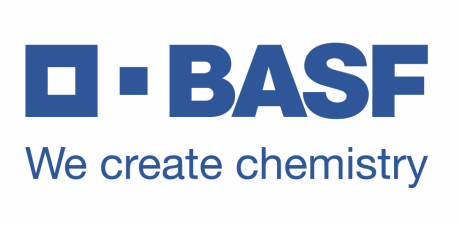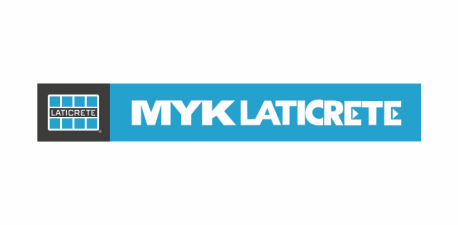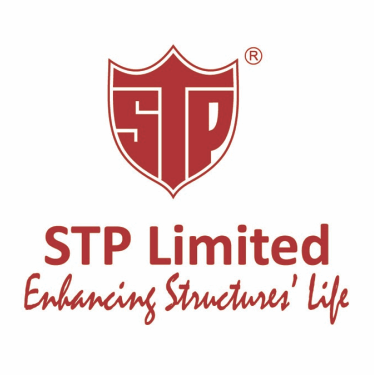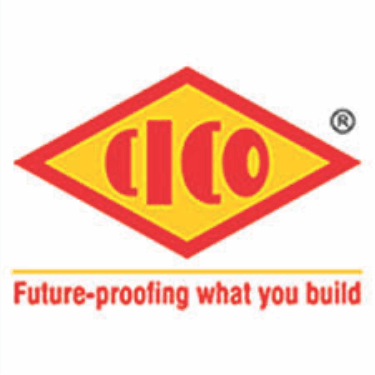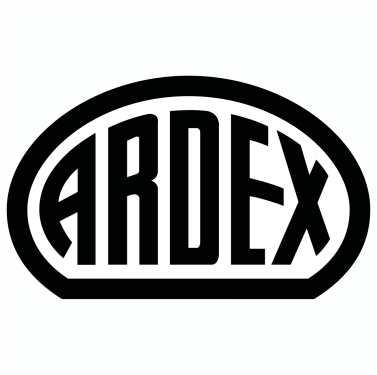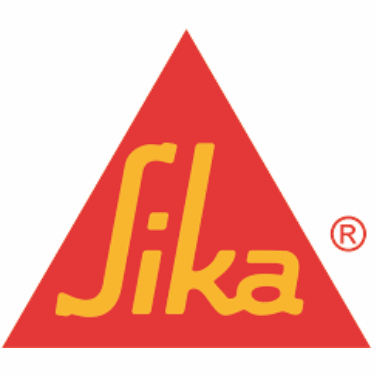What are Carbon Laminates?
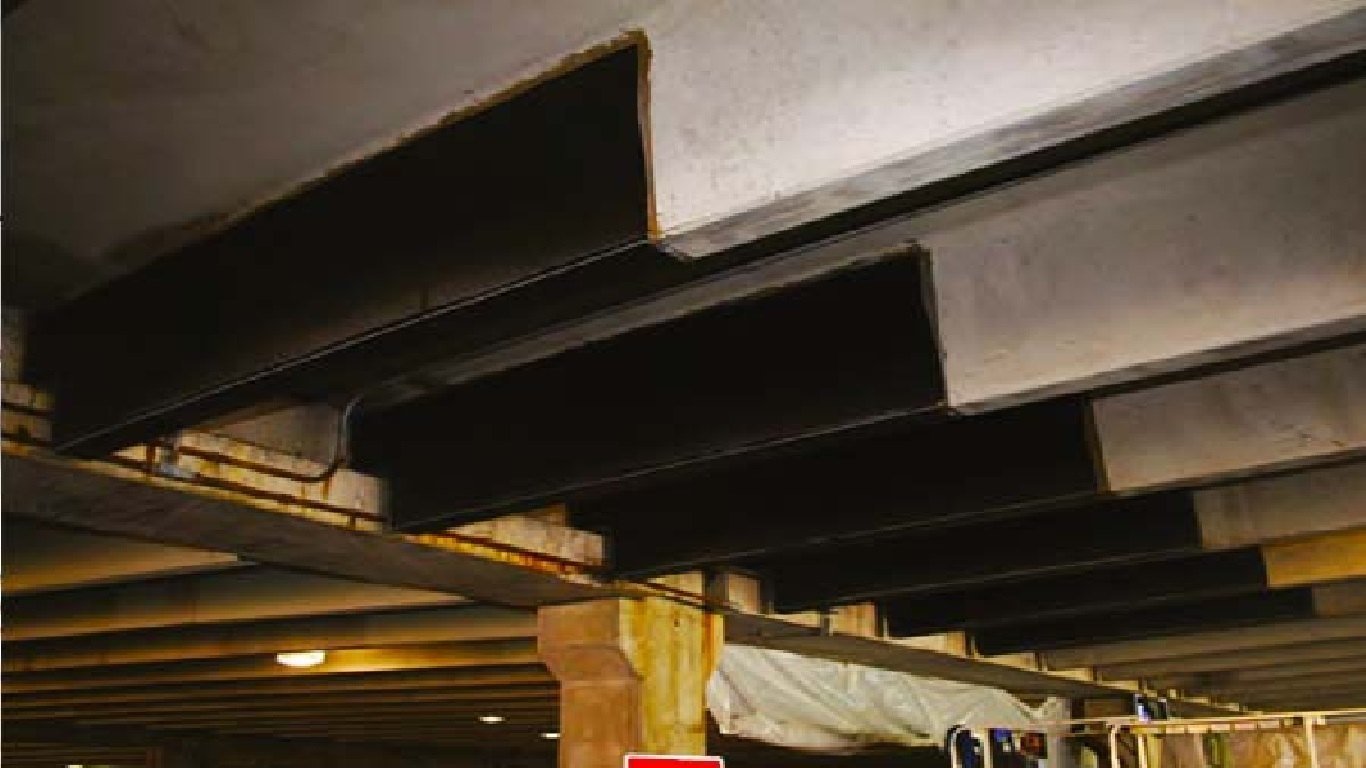
Benefits of Carbon Laminates
The use of Carbon Laminates offers numerous benefits in terms of improving the strength and performance of concrete structures. Some of the key advantages include:
- High Strength and Durability: Carbon Laminates provide exceptional strength, allowing concrete structures to bear higher loads and resist cracking under pressure. They also enhance the overall durability of the structure, making it more resistant to environmental factors.
- Lightweight Solution: Despite their strength, Carbon Laminates are lightweight, which reduces the overall mass of the structure. This makes them particularly useful for applications where adding additional weight would be problematic.
- Corrosion Resistance: Unlike traditional steel reinforcement, Carbon Laminates do not rust or corrode when exposed to moisture, chemicals, or harsh environments, leading to reduced maintenance costs and longer service life for concrete structures.
- Non-Invasive Application: The process of applying Carbon Laminates to concrete surfaces is non-invasive, which means that the structure’s daily function is not interrupted during the application, making it ideal for renovations and repairs.
- Minimal Maintenance: Once applied, Carbon Laminates require little to no maintenance compared to traditional reinforcement, offering long-term savings and fewer disruptions to the structure's use.
Applications of Carbon Laminates
Carbon Laminates are commonly used in a variety of applications where enhanced structural performance is required. Some typical applications include:
- Seismic Strengthening: In earthquake-prone regions, Carbon Laminates are applied to improve the seismic performance of buildings, bridges, and other infrastructure. They help structures withstand seismic forces without significant damage.
- Bridge and Infrastructure Reinforcement: Carbon Laminates are often used to reinforce bridges, highways, and tunnels, providing additional strength and extending their service life without the need for major reconstruction.
- Building Renovations: For older concrete buildings or structures in need of reinforcement, Carbon Laminates provide a reliable and efficient solution for increasing their load-bearing capacity and ensuring safety without costly demolition.
- Concrete Repair: Carbon Laminates are often used in combination with other repair materials to restore damaged or weakened concrete surfaces, especially where traditional repair methods may not be effective or appropriate.
How Do Carbon Laminates Work?
 Carbon Laminates work by being applied directly to the concrete surface in a systematic process. Here's how the process works:
Carbon Laminates work by being applied directly to the concrete surface in a systematic process. Here's how the process works:
- Surface Preparation: The concrete surface is thoroughly cleaned and prepared to ensure proper adhesion of the carbon laminates.
- Application of Primer: A primer is applied to the concrete to create a strong bond between the surface and the carbon laminate.
- Laminating the Carbon Fiber Sheets: Multiple layers of carbon fiber sheets are then applied to the concrete surface and impregnated with resin to form a flexible and durable composite laminate.
- Curing: The resin is allowed to cure, hardening the laminate and ensuring it provides the necessary strength and bonding to the concrete surface.
Advantages Over Traditional Reinforcements
When compared to traditional steel reinforcements, Carbon Laminates offer several advantages that make them a preferred solution in many construction and repair projects:
- Lightweight: Carbon Laminates are much lighter than steel reinforcement, reducing the overall load on the structure and allowing for easier application without additional weight stress.
- Corrosion Resistance: Unlike steel, Carbon Laminates are impervious to corrosion, which is a major issue in traditional reinforced concrete, especially in coastal or high-moisture environments.
- Faster Installation: Carbon Laminates are easy to install, and the application process is faster than traditional methods of reinforcing concrete, reducing construction time and costs.
- Higher Efficiency: Carbon Laminates provide excellent structural reinforcement with minimal disruption to the existing structure, making them an efficient solution for both new and retrofit projects.
Conclusion
Carbon Laminates are a revolutionary solution for strengthening and reinforcing concrete structures. With their high strength, lightweight, and corrosion-resistant properties, they provide an efficient and durable alternative to traditional reinforcement methods. Whether used in new construction or for retrofitting existing buildings, bridges, and other infrastructure, Carbon Laminates offer long-lasting performance, reduced maintenance costs, and improved structural safety. Their non-invasive application and minimal upkeep make them an ideal choice for modern construction projects.

